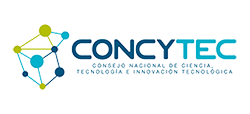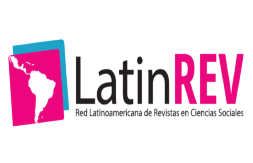Competitiveness of the aguaymanto agroexport industry in Perú, 2015-2019
DOI:
https://doi.org/10.32911/as.2023.v16.n1.986Keywords:
double diamond, global competitiveness, competitive determinants, aguaymantoAbstract
The objective of this research is to explain how local and international strategic determinants influence the competitiveness of the agro-export industry of golden gooseberry (IAA) in Peru. The type of study is explanatory and longitudinal. The scientific method used was the hypothetical deductive. The double diamond model of competitiveness was used, taking 3 countries as a sample: Peru, Colombia and Ecuador in the period 2015-2019; and the results show, according to the index of revealed comparative advantages, which is the indicator of the dependent variable, the country with the highest competitiveness in the IAA is Colombia, followed by Peru and Ecuador; and according to the global index, which is the global indicator of competitiveness, represented by the size of the global diamonds, the results are also obtained in the same order. Obtained the econometric model, it is affirmed that the greater demand, the greater business rivalry, the greater number of suppliers and related sectors, as well as the lower cost of the factors, determine the greater competitiveness of the IAA in Peru with a security of 95%. This Peruvian industry could improve its competitiveness if the strategies formulated in this work are implemented through strategic planning.
Downloads
Published
How to Cite
Issue
Section
License
Copyright (c) 2023 Jorge Antonio Ramírez Rodríguez

This work is licensed under a Creative Commons Attribution 4.0 International License.




















